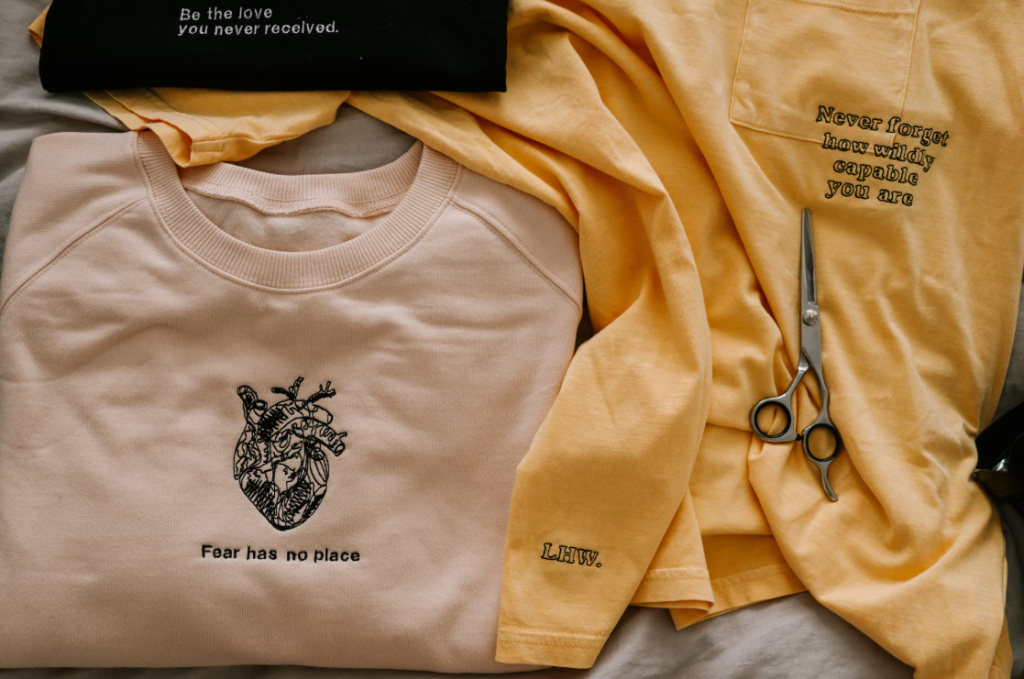Have you ever added a $3 t-shirt to your Shein cart and paused for a second, thinking, “Wait… how is this even possible?” You’re not alone. In a world where even your morning coffee costs more, Shein somehow manages to churn out trendy clothes for less than the price of a sandwich. But how? And at what cost? Let’s unpack the ugly truth.
Shein isn’t just a brand—it’s a digital juggernaut that mastered the Gen Z playbook. It thrives on TikTok hauls, lightning-speed trend drops, and dirt-cheap prices. The platform boasts thousands of new items daily, always riding the wave of what’s hot.
Among Shein’s sea of products, their $3 t-shirts have become internet legends. People marvel at how such an item exists. Is it marketing sorcery, manufacturing mastery, or a mix of both? Let’s find out.
T-shirts usually require cotton, synthetic blends, dyes, and tags. In theory, even basic materials should cost more than $3—unless you cut corners. Shein sources in bulk, and likely uses lower-grade fabrics to drive costs down.
This is where things start to get murky. Workers in developing countries may earn just cents per item. Often working under harsh conditions, they’re the hidden backbone that keeps prices low. It’s a harsh reality: cheap labor means cheap clothes.
Mass production = massive savings. Shein’s strategy involves manufacturing in large quantities, which slashes per-unit costs. Economies of scale are their secret weapon.
Shein controls its supply chain like a military operation. Every process—from design to shipping—is tracked and tweaked using algorithms. Minimal warehousing, made-to-order designs, and speedy fulfillment all reduce operational expenses.
Fast fashion was already fast. But Shein? It’s warp-speed. While Zara takes 2–3 weeks to roll out a trend, Shein can do it in just 3–5 days. That’s not just fast—it’s nearly instantaneous.
Shein uses AI to scour the internet for trend cues. This tech sniffs out rising fashion buzz and pushes designs into production at lightning pace. It’s fashion by algorithm.
While Shein claims to vet its suppliers, numerous investigations reveal underpaid workers in subpar conditions. There’s little oversight, and audits—if done—may be superficial.
The fashion world’s dirty secret is its reliance on hidden labor. When a t-shirt costs $3, someone, somewhere, is paying the real price—and it’s often vulnerable workers, sometimes even children.
Shein churns out thousands of new SKUs daily. But not everything sells. Mountains of unsold clothes end up in landfills or incinerators. It’s a high-waste, low-price equation.
From synthetic fabrics to global shipping, fast fashion is a carbon bomb. Shein’s global supply chain spans multiple continents, making each item’s carbon footprint shockingly high for something worn once or twice.

We love dopamine hits, and Shein delivers them in stylish packaging. The rush of getting 10 pieces for $30? It’s irresistible. Who wouldn’t want more for less?
$3 feels like a steal, but it’s often a false economy. These tees may shrink, tear, or fade after one wash. When you replace them frequently, you’re not really saving money—you’re just buying landfill fuel.
Even with razor-thin margins, selling millions of units a day adds up. Profit doesn’t lie in individual items—it lives in the scale.
Shein skips the middlemen. No physical stores. No flashy ad campaigns. Everything’s direct-to-consumer, keeping overheads minimal and margins healthy.
Here’s the kicker: You might pay $3, but the environment, the workers, and even your closet pay the hidden price. Behind every $3 tee is a chain of ethical compromises.

Many ethical brands struggle to match Shein’s price point. Why? Because paying fair wages and using sustainable materials costs more. It’s not that they’re overpriced—it’s that Shein is underpriced.
Change won’t come from brands alone—it has to come from consumers too. Awareness, regulation, and a mindset shift are crucial. We need to stop treating clothes like disposable cutlery.
So, how does Shein sell $3 t-shirts and still turn a profit? The answer is a complex cocktail of ultra-fast fashion, tech-fueled supply chains, cheap labor, and ethical gray areas. While you might be saving dollars at checkout, the planet and its people are paying the balance. It’s time to question if we’re really getting a bargain—or just falling for a well-packaged illusion.
1. Why are Shein clothes so cheap?
Because they use low-cost materials, underpaid labor, and tech-optimized manufacturing. It’s a model built for mass volume, not sustainability.
2. Are Shein workers treated fairly?
Reports suggest many Shein suppliers operate in harsh working conditions with low wages. Transparency remains a major issue.
3. Is Shein harmful to the environment?
Yes. Overproduction, synthetic fabrics, and global shipping contribute significantly to pollution and textile waste.
4. Are there sustainable alternatives to Shein?
Absolutely! Brands like Everlane, Pact, and Organic Basics focus on fair wages and eco-friendly materials—but usually at a higher price point.
5. Can consumers help stop fast fashion?
Yes, by buying less, choosing better, supporting ethical brands, and staying informed. Every purchase is a vote for the world you want.
